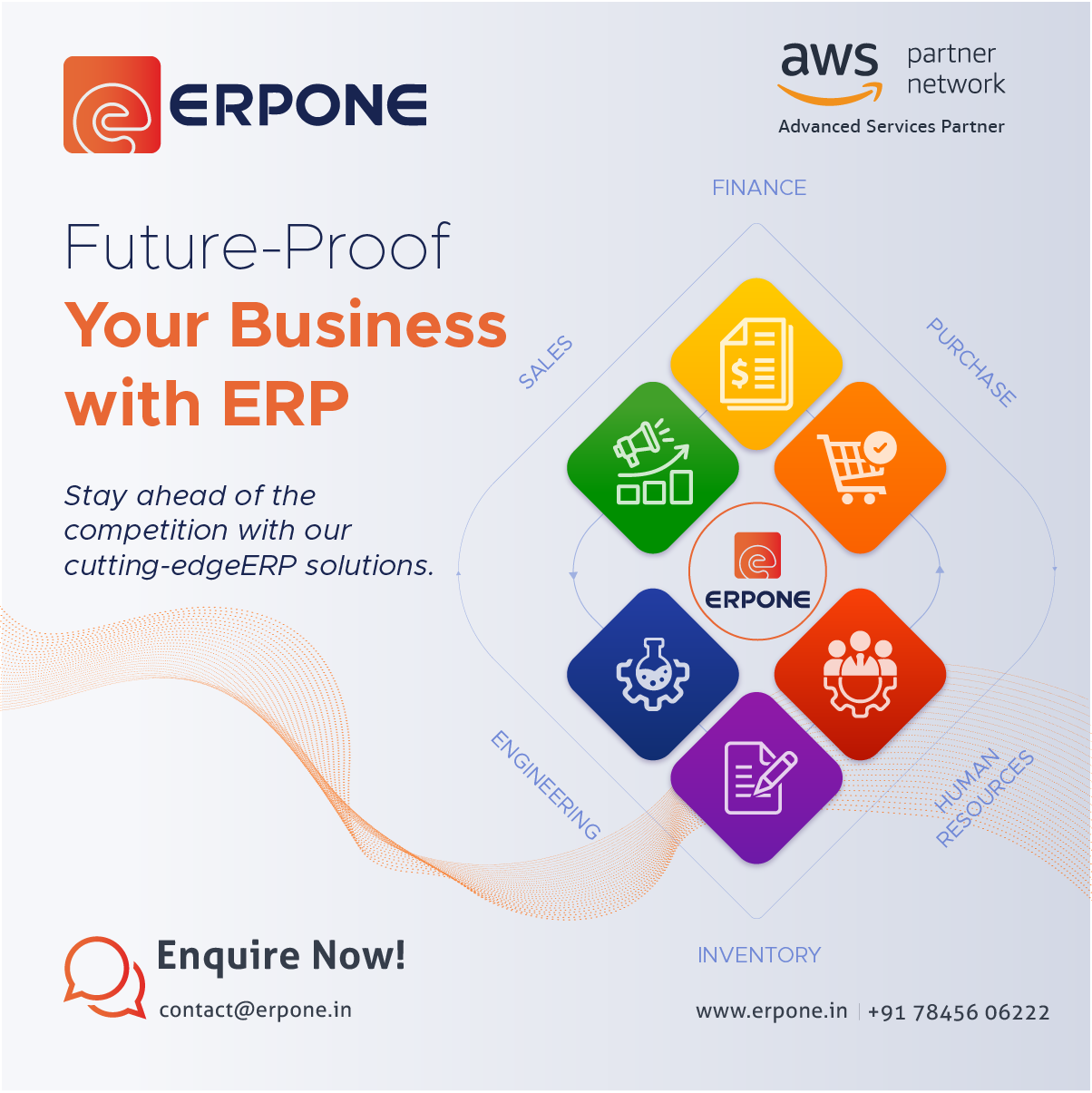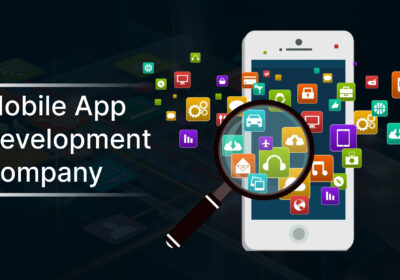The modern workplace has undergone a seismic shift. Gone are the days of rigid office hours and cubicle confinements. Today’s workforce is hybrid – fluid, decentralized, and digital-first.
In this evolving landscape, two enterprise systems have emerged as indispensable allies:
1. Enterprise Resource Planning (ERP)
2. Customer Relationship Management (CRM)
They are not just tools. They are the digital glue holding dispersed teams, data, and workflows together.
This blog unpacks how ERP and CRM platforms are powering hybrid work environments. enabling real-time collaboration, seamless access, operational agility, and most importantly, business continuity.
The Hybrid Work Revolution: From Trend to Standard
The global pandemic accelerated what was already on the horizon: a flexible, location-independent workforce. Fast forward to today, and hybrid work is no longer a stopgap, it’s a strategic imperative.
This shift has challenged IT leaders to rethink how they equip teams, access data, manage operations, and deliver consistent customer experiences.
Why Traditional Systems Are Failing Modern Teams
Legacy ERP and CRM systems were built for on-premise use. They assume:
Everyone works from a central location
Data access is linear and physical
Updates happen monthly, not in real time
These assumptions break in a hybrid model. The result?
Disjointed workflows, delayed decisions, frustrated users.
To thrive, you need systems that are cloud-native, mobile-accessible, and collaboration-driven.
ERP and CRM Defined
Let’s be clear: ERP and CRM are not just digital filing cabinets.
ERP connects your internal operations – inventory, procurement, HR, finance, production.
CRM connects your external world – leads, customers, communication, and service.
Together, they form the nervous system of a hybrid organization, transmitting signals across departments and geographies, in real time.
The Hybrid Workplace Tech Stack: Why ERP & CRM Are Central
While tools like Zoom, Slack, and Asana support communication, ERP and CRM support continuity.
They are the backbone of:
Remote order management
Real-time performance tracking
Cloud-based finance approvals
Location-agnostic lead nurturing
Cross-border customer service
If communication tools keep the hybrid office “talking,” ERP and CRM keep it running.
Cloud Accessibility: Work From Anywhere, Access Everything
In a hybrid setup, teams need instant access to data, whether they’re in an office, at home, or in transit.
Cloud-based ERP and CRM systems:
Eliminate the need for VPNs and local servers
Ensure platform accessibility via web or mobile
Sync data in real time across all locations
Work from anywhere becomes more than a slogan, it becomes seamless reality.
Data Centralization: One Source of Truth for Distributed Teams
Centralized ERP and CRM platforms:
Consolidate customer and operational data
Eliminate duplicate records and versioning issues
Create role-specific dashboards for better clarity
Everyone sees the same numbers, the same insights, at the same time.
Workflow Automation: The Silent Hero of Hybrid Efficiency
Manual processes don’t just slow you down, they break under hybrid pressure.
With automation baked into ERP and CRM, businesses can:
Auto-route approvals
Trigger alerts for delays or stock-outs
Assign leads based on location or time zone
Generate reports without human input
Less micromanagement. More momentum.
Real-Time Collaboration Across Functions and Locations
Hybrid work demands cross-functional agility. Sales, support, operations, and finance must stay in sync.
Modern ERP & CRM platforms enable:
Shared notes and activities
Real-time customer interaction logs
Comment threads on orders or tickets
Integrated task management tools
Geography no longer slows down execution.
Security and Governance in Remote Access Models
With great access comes great responsibility.
ERP and CRM platforms built for hybrid models com
Overview
- Service Type: Computers & Laptops





